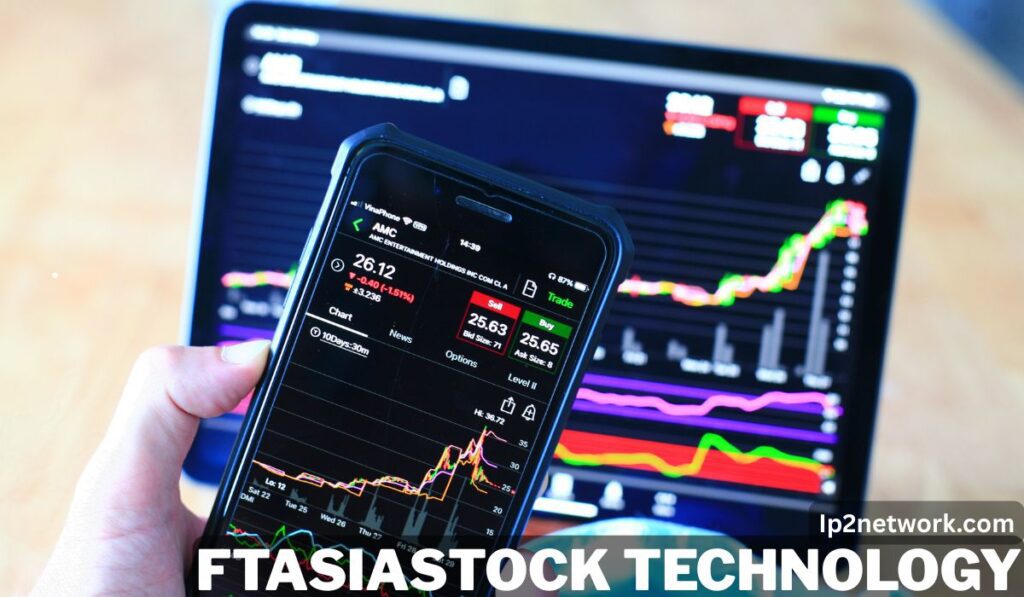In a time where digital communication, online businesses, and global networking are essential, the term IP2 Network is becoming increasingly important. Whether you’re a website owner, tech learner, digital marketer, or cybersecurity enthusiast, understanding the IP2 Network can help you improve online connectivity, performance, and digital security.
This article explains what the IP2 Network is, why it is relevant, and how it benefits both everyday users and businesses.
What Is IP2 Network?
IP2 Network refers to a modern, intelligent networking system designed to enhance online connectivity, IP management, data communication, and web performance.
It is commonly associated with:
- Improved IP routing
- Faster digital communication
- Reliable server connections
- Enhanced website performance
- Better online security
The IP2 Network focuses on efficient data transfer, meaning users experience better speed, stability, and reliability when accessing online services.
Why the IP2 Network Matters

In today’s online world, everything depends on stable and optimized IP communication — from browsing websites to running cloud applications. The IP2 Network helps solve many of the challenges users face daily.
1. Improved Online Performance
The IP2 Network is designed to make digital communication faster and more efficient. By optimizing how data travels, it reduces:
- Lag
- Latency
- Slow website loading
- Unstable connections
This makes a huge difference for online businesses, streaming services, and cloud users.
2. Stronger Cybersecurity Protection
One of the biggest advantages of the IP2 Network is improved security.
It helps protect against:
- IP spoofing
- Unauthorized access
- Data interception
- Network-based cyberattacks
This is especially important for websites, online stores, and businesses handling customer information.
3. Reliable IP Address Management
Modern websites and apps rely on multiple IP addresses.
The IP2 Network ensures:
- Better IP allocation
- Stable connectivity
- Smooth server communication
- Reduced network errors
This leads to a more consistent browsing experience for users.
4. Enhanced User Experience for Websites
If you run a website, especially on WordPress or cloud hosting, the IP2 Network helps by:
- Improving load times
- Reducing downtime
- Ensuring secure access
- Supporting global traffic
This directly impacts SEO, user engagement, and Google ranking.
5. Essential for Modern Digital Infrastructure
With growing online activity, every business — small or large — relies on networking solutions. The IP2 Network supports digital operations such as:
- E-commerce
- Cloud applications
- Remote work systems
- SaaS tools
- API communication
- IoT devices
It ensures that data reaches the right place at the right time.
How the IP2 Network Works

The IP2 Network uses intelligent routing and modern protocols to improve how data moves between devices, servers, and internet systems.
It includes:
Smart IP routing
Prioritizes the fastest and most stable route for data.
Load balancing
Distributes traffic evenly to avoid overload or slow performance.
Secure network layers
Protects data from unauthorized access during transmission.
Real-time performance optimization
Automatically adjusts paths to maintain speed and reliability.
Global connectivity
Ensures smooth access from different countries and regions.
Benefits of the IP2 Network for Businesses
1. Better Customer Experience
Faster websites = more engagement, more sales.
2. Reduced Technical Issues
Fewer downtimes, fewer connection failures.
3. Higher Security & Trust
Protects sensitive data and boosts user confidence.
4. Scalable for Growth
Perfect for growing businesses needing stronger digital infrastructure.
5. SEO Advantages
Google rewards faster, more stable, and more secure websites.
Who Should Use or Understand the IP2 Network?
The IP2 Network is beneficial for:
- Website owners
- Developers
- Digital marketers
- IT professionals
- Bloggers
- Online business owners
- Hosting users
- Cloud service users
- Cybersecurity learners
Anyone involved in online work can benefit from its features.
FAQs About IP2 Network
1. What is the IP2 Network used for?
It is used for improved IP communication, network security, and faster digital performance.
2. Is the IP2 Network important for websites?
Yes, it helps websites load faster, stay secure, and maintain stable global access.
3. Does the IP2 Network help with SEO?
Indirectly, yes — faster performance and better security improve Google rankings.
4. Who benefits from the IP2 Network?
Businesses, website owners, developers, and anyone relying on strong online connectivity.
5. Does it improve cybersecurity?
Yes, it adds protection against IP-based cyber threats and unauthorized data access.
Final Thoughts
The IP2 Network plays a major role in today’s digital world.
From boosting website performance to strengthening online security, it offers essential support for individuals, companies, and digital systems everywhere.
Whether you’re building a website, managing online operations, or simply learning about networking, understanding the IP2 Network gives you a strong advantage.




